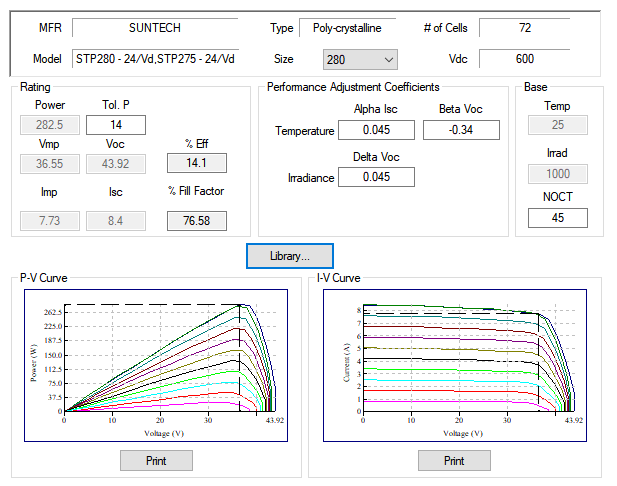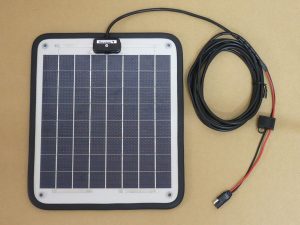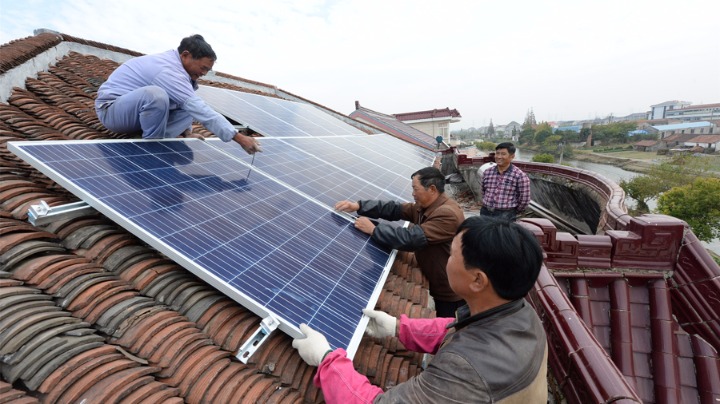I put together the following battery state of charge chart which indicates the state of charge percent as it relates to battery voltage or specific gravity.
Peek charging time solar panel per state.
In a state with strong peak sunlight a panel with lower efficiency will likely do the trick.
The low angle of the sun at sunrise and sunset means that the atmosphere filters the sunlight more and results in less energy being delivered to the earth s surface.
Thus the output for each solar panel in your array would.
Putting it all together.
Using a yearly average there are 5 38 daily peak sun hours across the state of california.
How much energy does a solar panel produce.
For the sake of example if you are getting 5 hours of direct sunlight per day in a sunny state like california you can calculate your solar panel output this way.
Peak solar radiation occurs at solar noon when the sun is highest in the sky.
A peak sun hour is the equivalent of the sun shining at an intensity for 1 000 kw per square meter for one hour expressed as 1 kwh m.
Environmental factors will likely increase charge time.
This number is calculated for a fixed solar panel.
And if you want to continue with your existing inverter then you can buy smarten 24v 50amp.
10 watt 18 volt solar panel charging a 12v 10 amp hour lead acid battery 120 wh from 50 full to full time 60wh x 2 10 watts 12 hours.
For the prospective homeowner considering solar the next step is to review our.
Voltages and specific gravity are listed for a 6 volt or 12 volt battery and battery banks of 24 and 48 volts.
Summer months and locations farther south will generally see more peak sun hours than wintry times and areas farther north.
5 hours x 290 watts an example wattage of a premium solar panel 1 450 watts hours or roughly 1 5 kilowatt hours kwh.
Solar pcu is a device through which you can directly connect your solar panel and your battery charging will start without any solar charge controller because it has a inbuild charge controller.
Three tips for solar shoppers 1.
But first a few important notes and caveats.
When planning and trying to understand what impact solar panels can have on your electricity bill it helps to use an average number.
Each peak sun hour is defined as one hour when the intensity of sunlight solar irradiance reaches an average of 1 000 watts of energy per square meter roughly 10 5 feet.
If you know the average daily peak sun hours for your location you can calculate the kwh your solar panels will make on a daily monthly and yearly basis.
Some quick rules for estimation.
Average peak sun hours vary greatly across the country.
How much sunlight intensity you get in your state or even the given sun hours per day by zip code can make a dramatic difference and directly.
The solar charge times above assume a 25 degree celsius day with the panel pointed directly at the sun.
By comparison states with fewer peak sunlight hours can be just as ideal for solar panels but will require more efficient solar equipment.




























